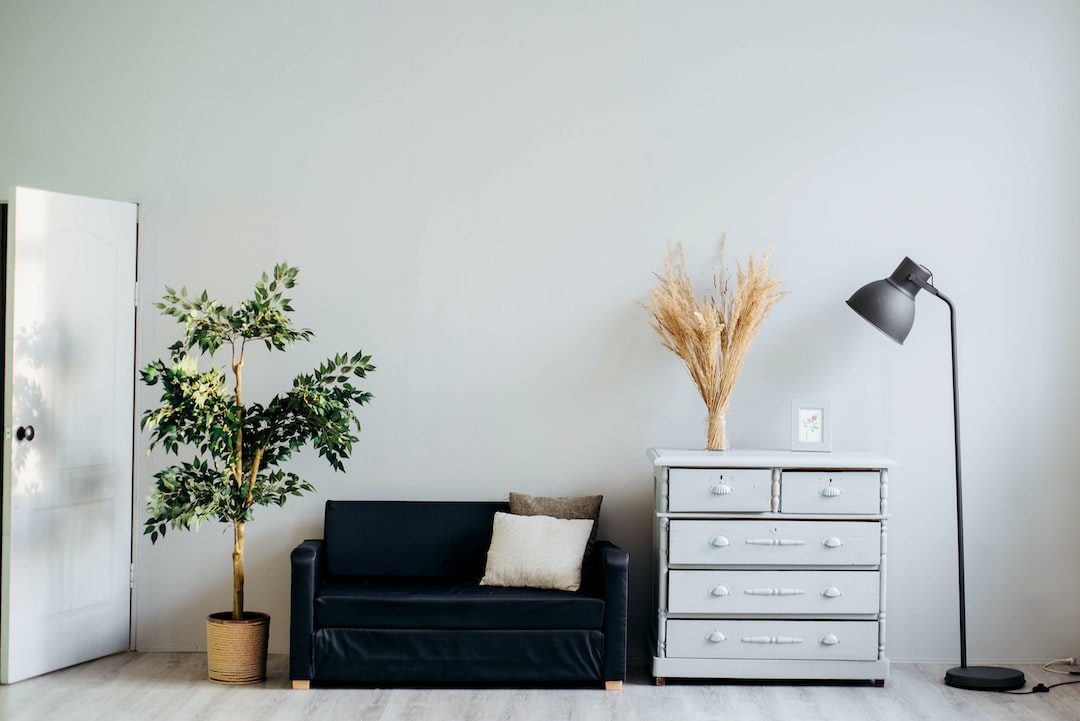Vintage vs. Modern: The Debate on Interior Design Styles
Interior design has always been a reflection of personal taste and style. It’s the art of creating an aesthetically pleasing and functional space that suits individual needs and preferences. In recent years, there has been a resurgence of interest in vintage design pieces and decor, challenging the dominance of modern and contemporary styles. The debate between vintage and modern interior design has become a heated one, with proponents passionately defending their preferred style. So, let’s delve into the timeless battle of vintage vs. modern and explore the factors that make each style so appealing.
The vintage style is all about nostalgia and embracing the beauty of the past. It involves incorporating furniture, decor, and elements from different periods in history, typically from the early 1900s to the 1980s. Vintage designs often feature ornate detailing, rich textures, and unique character. The charm and history associated with vintage items can create a sense of warmth and comfort in a space. Vintage enthusiasts appreciate the stories behind each piece and enjoy the thrill of hunting for treasures in thrift stores or antique markets. Embracing a vintage style is like taking a journey back in time, allowing homeowners to relive the elegance and sophistication of bygone eras.
On the other hand, modern design is characterized by simplicity, clean lines, and a focus on functionality. It emerged as a response to the ornate and overly decorated styles of the past. Modern interiors prioritized open and airy spaces, minimalist furniture, and a neutral color palette. The beauty of modern design lies in its ability to create a streamlined and clutter-free environment. Designers often utilize materials like glass, steel, and concrete to achieve a sleek and contemporary look. Modern interiors are known for their innovative and forward-thinking design elements that emphasize efficiency and practicality.
When it comes to choosing between vintage and modern design styles, personal preference plays a significant role. Vintage enthusiasts argue that vintage pieces have a distinct charm that cannot be replicated in modern design. From the rich wood tones of an antique dresser to the intricately carved details on a vintage chair, these design elements exude a level of craftsmanship that is difficult to find in mass-produced modern furnishings. Vintage design creates a sense of uniqueness and personality, making it ideal for homeowners looking to showcase their individuality. Additionally, vintage pieces often age beautifully, gaining character and value over time.
On the other hand, proponents of modern design argue that it represents a fresh and contemporary approach to interior decor. Modern interiors offer simplicity and clean lines that can create a sense of calm and tranquility in a space. These designs often prioritize functionality, making modern interiors highly efficient for today’s fast-paced lifestyles. Modern design embraces advancements in technology and materials, allowing for sleek and innovative solutions to everyday problems. Moreover, modern interiors have a timeless appeal that transcends trends, making them a practical option for homeowners who prefer a versatile and enduring style.
While the debate between vintage and modern design continues, many design enthusiasts are finding ways to incorporate both styles harmoniously. The mix of vintage and modern elements offers a unique and eclectic look that combines the best of both worlds. For example, pairing a vintage velvet sofa with a modern glass coffee table can create an interesting juxtaposition of styles. This blending of vintage and modern elements allows homeowners to create a space that reflects their personal tastes while offering a modern and functional living environment.
In conclusion, the debate between vintage and modern interior design styles boils down to personal preference and the desired atmosphere for a space. Vintage design offers nostalgia, character, and individuality, while modern design prioritizes simplicity, efficiency, and versatility. However, it’s important to remember that these styles are not mutually exclusive. By blending vintage and modern elements, homeowners can create a unique and harmonious design that reflects their personal style. Ultimately, the choice between vintage and modern design lies within the heart of the beholder, and there’s no right or wrong answer.

